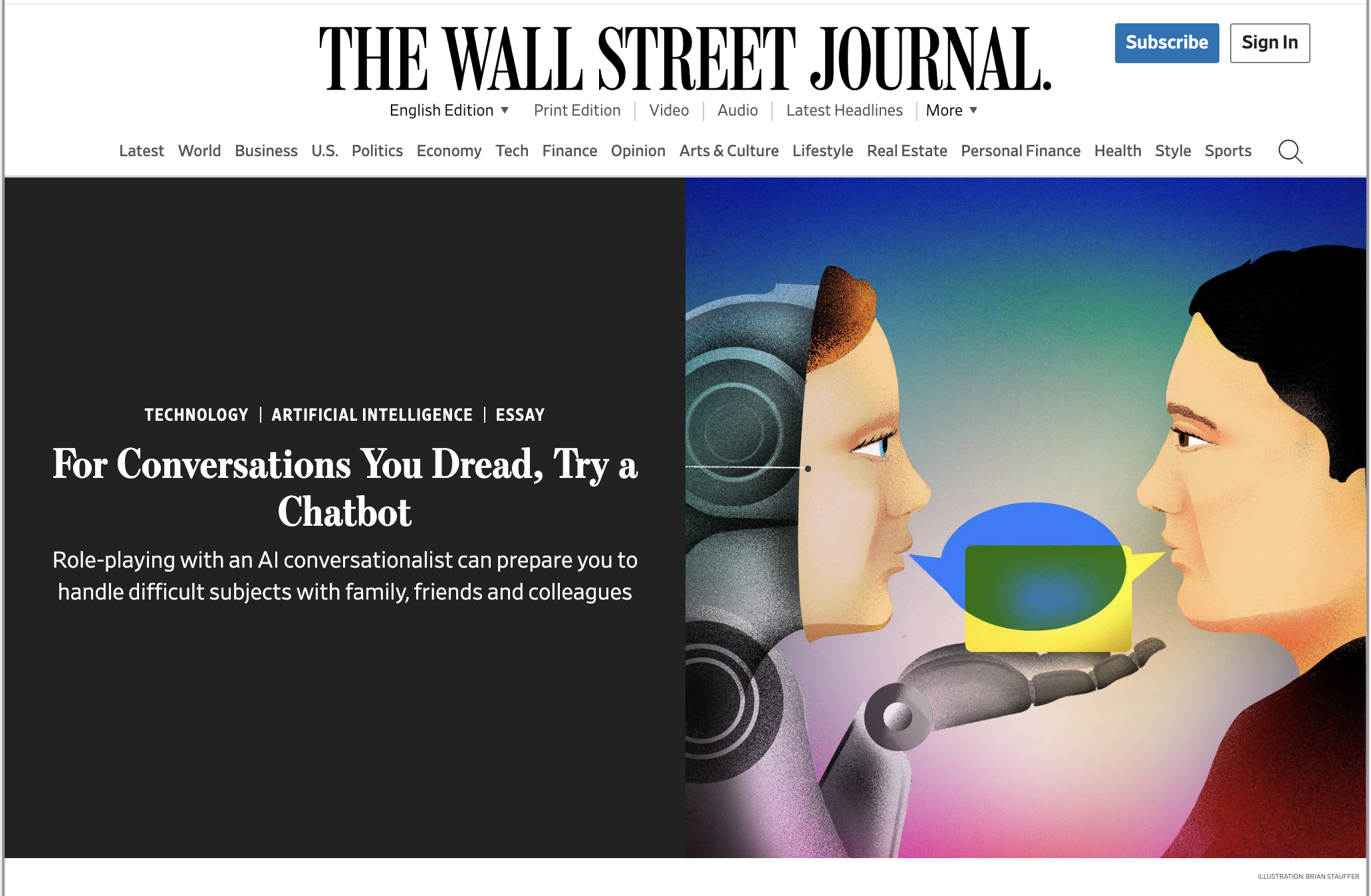The Wisdom of Charles Eames
Austin Kleon mentioned Corita Kent's fantastic "Learning by Heart" in a recent blog post. I thoroughly enjoyed the book (thanks, Austin!), and will likely revisit many of her techniques and observations in the future.
One quote that really struck me came when she was describing her admiration for her collaborator, legendary designer, Charles Eames: "Charles said that the first step in designing a lamp (or anything) was NOT to ask how it should look -- but whether it should even be."
I thought that was a beautiful way of describing the purpose of prototyping: determining whether something should be. As we say at Stanford, the first question to be answered is not "can I make it?" but rather, "should I make it?"
This is not an indictment of the frivolous; quite the contrary, the frivolous is often the prelude to the fabulous; rather, it's an indictment on spending resources in the wrong direction. Many times, it's much easier to answer the question "should I..." (ie does performing some envisioned function for another human being accomplish the impact i'm hoping to achieve?), than it is to answer the question "can I..." (which can involve much expense in terms of time, etc).
Click here to subscribe to Paint & Pipette, the weekly digest of these daily posts.
You know that moment when someone tells a story so perfectly out-of-step with the times that you laugh—then realize you're guilty of your own version? That's exactly what happened when Brice Challamel, Head of AI at Moderna, shared the origin of their company AI transformation mantra, "Don't be Fred".
Most organizations don’t fail at AI because of the tech. They fail because leaders reward critique over curiosity. Here’s how to flip the script before your next breakthrough dies in the room.
Much ink has been spilled about the plight of college graduates. Because of all the hand-wringing about entry-level positions disappearing and AI automation stealing opportunities, no one is saying the quiet part out loud:
No one wanted a "job" to begin with. In that sense, there's never been a better time to enter the job market.
Most companies get AI adoption wrong because they're trapped in "value capture" mode. Efficiency plays might deliver measurable ROI, but they’re essentially defensive moves, and defense alone doesn't put enough points on the board to win. The real competitive advantage comes from "value creation."
Last week, I ran an innovation workshop for the thousandth time. But this time felt different. Every time I noticed that familiar moment where teams hit cognitive quicksand—where I'd normally say "this is the hard part, push through it"—something clicked. This is exactly when AI should step in.
Everyone’s panicking about “AI glazing.” But what if it’s a feature, not a bug? The creative industry's most successful practitioners understand something the rest of us are missing.
I’ve been working on a radical new course at Stanford, which I’m excited to share more details on soon. In the meantime, sharing an early iteration of my thinking on the topic, in the form of my WSJ piece co-authored with the brilliant Kian Gohar.
This post marks my 200th edition of Methods of the Masters—and serves as a fitting bridge between my early focus on human creativity and more recent AI work. In an age of infinite AI inputs, our biology demands we cultivate equally intentional human disconnection strategies.
Special guest post by Brendan Boyle, one of Stanford’s most beloved professors, acclaimed toy inventor, and founder of IDEO’s Toy Lab. He’s taught me more about play than anyone other than my own children.










Cleverly deploying AI is not merely speeding up innovation—it's unlocking a fundamentally different relationship with the creative process. Here’s how to shift from operation, to orchestration.